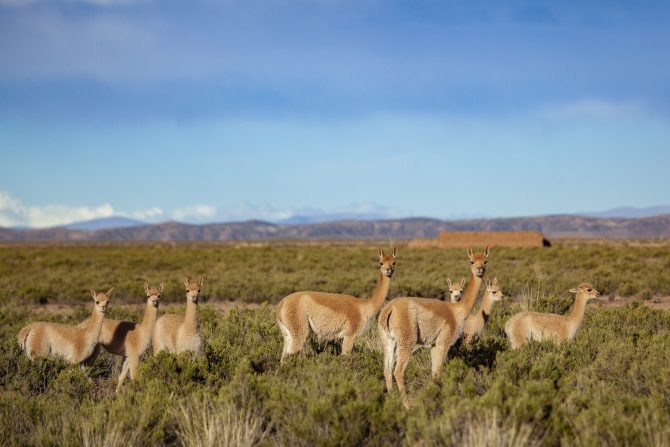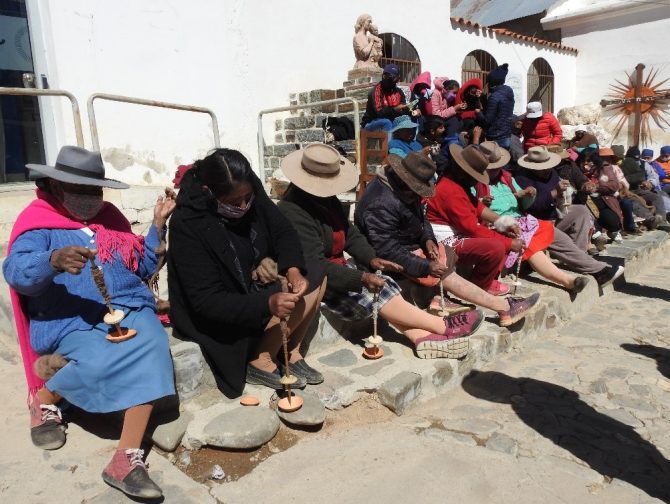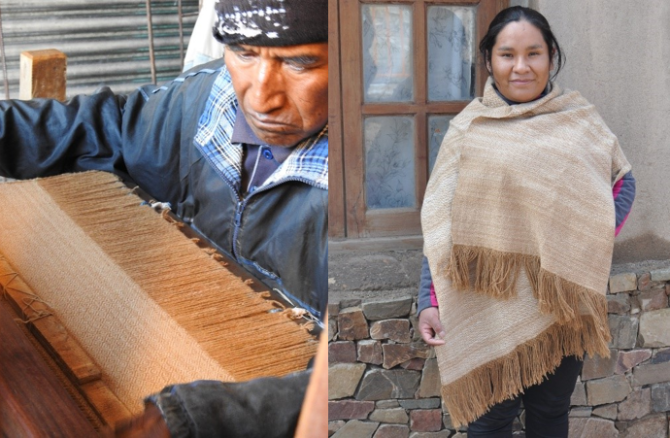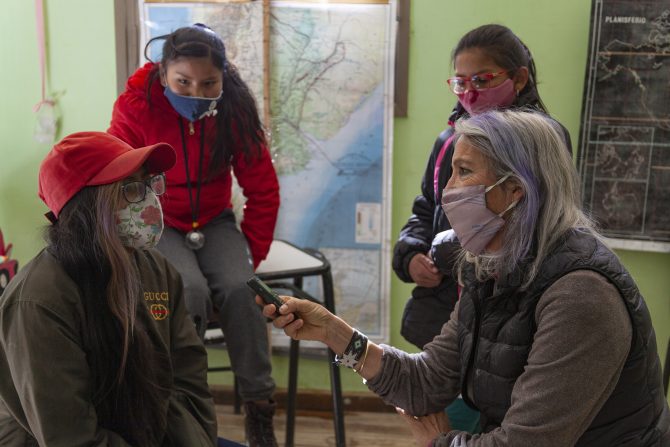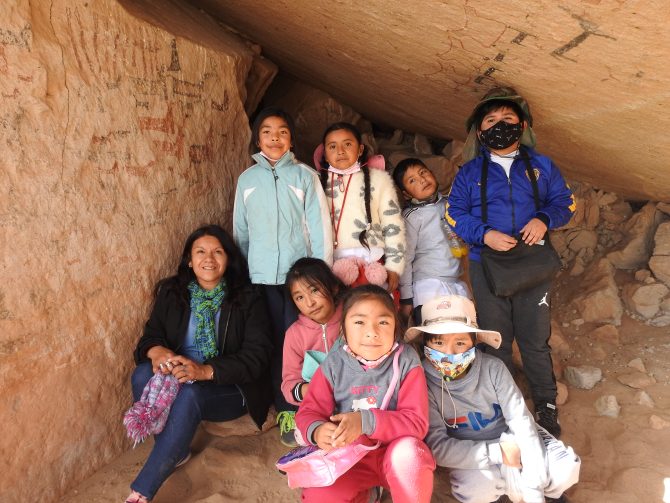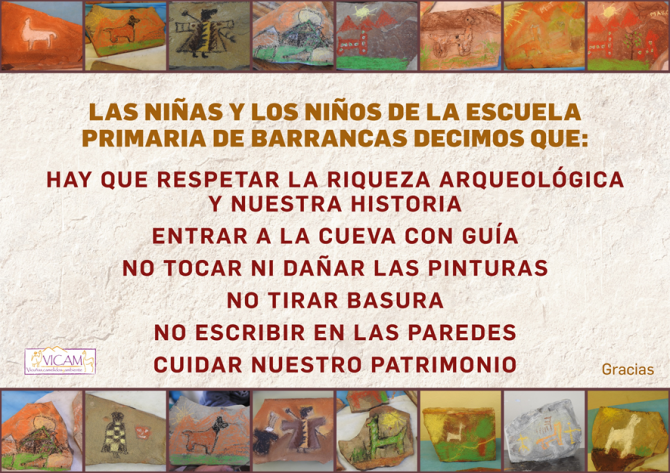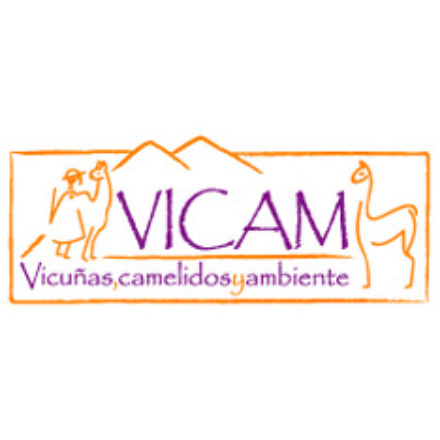2020 ARGENTINA
Recovery and use of camelids and their fiber as potential resources to improve local livelihoods in a post-pandemic scenario in the Andean Altiplano
VICAM: Vicuñas, camélidos y ambiente
Research activities
Landscape
Overview
The Altiplano has one of the most long-lived and culturally distinctive SEPLs in the world, and it is known as Andean pastoralism. The Andean Altiplano SEPL is inhabited by indigenous communities, and the indigenous biodiversity has adapted to high-altitude semi-deserts. The main source of livelihood is llama (Lama glama) and sheep (Ovis aries) herding. These animals coexist with protected species of wild vicuñas (Vicugna vicugna), whose fur is regarded as a very valuable fibre. The people in this area have been facing severe poverty.
The following are the objectives of this project:
1. Assessment of the situation under the post-pandemic scenario in relation to:
- environmental indicators, social perceptions and decisions; and
- the state of native fauna and flora, compared with previous data, with special focus on trends in vicuña poaching.
Also, intercultural dialogues with local stakeholders to design strategies towards overcoming economic difficulties and help with post-pandemic planning.
2. Detailed study of the production cost of vicuña wool products using chaku, a traditional method of vicuña capture, shearing and release, by the Santa Catalina cooperative to evaluate the potential of producing vicuña garments to reduce poverty.
3. Engagement with local community institutions, especially schools, to understand the multiple values of surrounding biocultural heritage sites and the pastoralist way of life.
To achieve these objectives, we conducted the following activities:
- Surveys on human perceptions of the COVID-19 pandemic and the future;
- Vegetation survey;
- Purchase of fibre, identification of weavers, cleaning, spinning of fibre, weaving trial;
- Record of all steps (time, cost, and feelings of the people involved);
- Organising a fibre spinning contest; and
- Educational activities, including involvement of schools in conservation of biocultural heritage in the caravanner’s cave.
Key achievements
- Obtained the 2021 version of data to measure vegetation biomass, thus completing the temporal series initiated in 2012, registering grass and herb biomass of the low stratum that forms the natural base of pastoralism SEPLs.
- Analysed SAOCOM satellite images and studied vicuñas demographic data and densities in 2021, and found that although the persistence of poaching was noted, there was no extreme increase as has been expected.
- Several interviews with the local community about their lives in the SEPLs and the valuation of the different NCPs that it offers were conducted. Local people especially indicated a need for “space” and “clean air” during the COVID-19 pandemic.
- Conducted a pilot study on value vicuña fibre as fine material (not a commodity) valuing it not only economically, but also culturally and traditionally, using the different senses, noting that due to the softer, light essence of this fibre, itwas regarded as the “fibre of the gods”.
- Discovered that the contest for llama fibre spinning activity was really popular with many young people participating.
- Involvement in the Barrancas school was also very interesting, and both teachers and children felt very comfortable working together in a reciprocal way.
- It took a while for locals to generate spaces to work with vicuña fibre since they perceived it as a risky and sporadic activity.
- The project was implemented in a respectful and intercultural way, generating new ideas and projects for the future.
Lessons
- Knowledge of some traditional practices appears to have been heavily eroded. However, the remaining indigenous knowledge could trigger the use and respect for nature for many.
- As traditional lifestyles are devalued and foreign values prevailed in the SEPLs, it has led to increase of poverty and a lack of strategies to cope with the situation. The COVID-19 pandemic meant that many people returne to the countryside, where they knew how to live off limited resources. This situation is not likely to continue for long due to the desire to return to an urban lifestyle, so we need to support these small achievements with projects like SDM.
Project location
Organisation
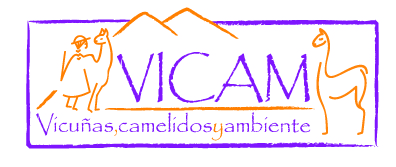
VICAM: Vicuñas, camélidos y ambiente
- Sector
- Research Group
- Country
- Argentina
- Website/SNS
- https://www.vicam.org.ar/
Related products
The Puna Pastoralist System: A Coproduced Landscape in the Central Andes
- Publisher
- Mountain Research and Development
In mountain socioecological systems, the interaction between nature and people is at the core of planning local long-term sustainable development strategies. Pastoralism is the main traditional socioeconomic livelihood in dryland mountains. It is strongly associated with long-established land use practices that provide essential material and relational contributions, both of which shape human populations and nature. The aim of this work is to characterize the traditional pastoralist system of the Puna (northwest Argentina) in a framework that highlights its diverse values and valuations within nature–people coproductions. We use the conceptual framework of the Intergovernmental Science–Policy Platform on Biodiversity and Ecosystem Services as a tool to analyze and understand these socioecological systems. We also identify 3 coproduction types at different steps of the benefit flow from ecosystems to quality of life. Pastoral livelihood persists in the Argentine Puna, cocreating a landscape with natural and anthropic (water sources, grasslands, wildlife, livestock, and techniques) elements interacting through complex mechanisms involving environmental conditions and cultural and economic practices. Some drivers that threaten the system's sustainability are overexploitation and land use change. These are visible as poaching or conversion of pasturelands into mining areas. Finally, we identify a number of knowledge gaps. These include lack of information on some regulatory contributions of nature to people, biodiversity status, and trends and statistical information on Indigenous Peoples and local communities; the flow of relationships; and coproductions related to the local expression of the quality of life. We also highlight the need for spatially explicit information and comprehensive knowledge of drivers and socioecological dynamics of the landscape.
Relevant projects
Projects of the same year
Aichi Biodiversity Targets
Aichi Biodiversity Targets
-
Awareness increased
-
Biodiversity values integrated
-
Sustainable production and consumption
-
Extinction prevented
-
Genetic diversity maintained
-
Traditional knowledge respected and integrated
-
Knowledge improved, shared and applied
Sustainable Development Goals
Sustainable Development Goals
-
No poverty
-
Quality education
-
Gender equality
-
Life on land
